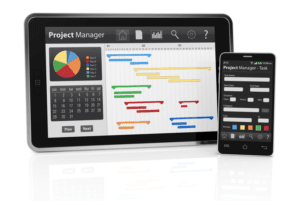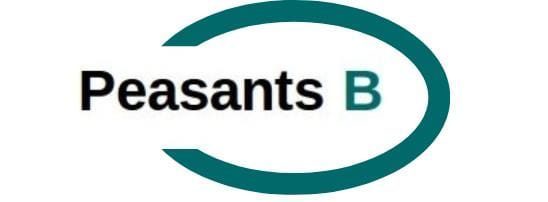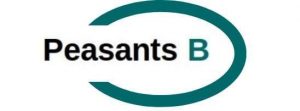
Absorption costing is an essential accounting method that provides businesses with a detailed view of total costs. By including fixed manufacturing overhead, variable manufacturing overhead, and direct materials cost, this method ensures accurate product pricing and proper financial reporting. Absorption costing can skew a company’s profit level due to absorption costing the fact that all fixed costs are not subtracted from revenue unless the products are sold. By allocating fixed costs into the cost of producing a product, the costs can be hidden from a company’s income statement in inventory. Hence, absorption costing can be used as an accounting trick to temporarily increase a company’s profitability by moving fixed manufacturing overhead costs from the income statement to the balance sheet.
- If all of the variables are not considered carefully (including depreciation, administrative expenses, and yearly fluctuations in your expenses), it can give you misleading results.
- Ensure that both direct costs like direct materials and indirect costs are correctly allocated to each unit produced.
- It not only includes the cost of materials and labor, but also both variable and fixed manufacturing overhead costs.
- This method ensures that all costs of production are captured in the cost of inventory, leading to a more comprehensive understanding of product profitability.
- On the other hand, if a company wants to focus on marginal costing and make decisions based on that, then variable costing would be better.
- This difference impacts how profits are reported, with Absorption Costing often showing higher profits when inventory levels increase.
Absorbed Cost: Definition, Examples, Importance
It also plays a critical role in inventory management, potentially affecting an organization’s financial health and operational strategies. Recall that selling and administrative costs (fixed and variable) are considered period costs and are expensed in the period occurred. Assigning costs involves dividing the usage measure into the total costs in the cost pools to arrive at the allocation rate per unit of activity, and assigning overhead costs to produced goods based on this usage rate.
Monitoring Production Volume
Additionally, absorption costing can obscure the true variable cost of production, making it more challenging to conduct break-even analysis and perform cost-volume-profit (CVP) analysis. Managers seeking to make decisions based on the marginal cost of production may find the data less accessible, as fixed costs are distributed across units regardless of the actual production level. This can complicate operational decision-making, particularly in industries where cost control and pricing flexibility are crucial for competitiveness. The tax benefits of absorption costing can be particularly pronounced in periods of inventory accumulation. As companies build up their inventory, a portion of the fixed costs is capitalized on the balance sheet rather than expensed on the income statement.

Ideal for Small Businesses
One of the main advantages of choosing to use absorption costing is that it is GAAP compliant and required for reporting to the Internal Revenue Service (IRS). It is required in preparing reports for financial statements and stock valuation purposes. Whatever you choose, be sure you are consistent in your accounting practices to accurately compare your financial reports from one period to the next. Let us understand the concept of absorption costing equation with the help of some suitable income summary examples.

Not Suited to Product Line Comparison
By including fixed manufacturing overheads in inventory costs, absorption costing can inflate the value of current assets, potentially altering the company’s financial ratios, such as the current ratio and inventory turnover. These ratios are often used by investors and creditors to assess the liquidity and operational efficiency of a business, making the choice of costing method a significant factor in financial analysis and Grocery Store Accounting decision-making. Absorption costing is a method of costing that includes all manufacturing costs, both fixed and variable, in the cost of a product. Absorption costing is used to determine the cost of goods sold and ending inventory balances on the income statement and balance sheet, respectively. It is also used to calculate the profit margin on each unit of product and to determine the selling price of the product.


